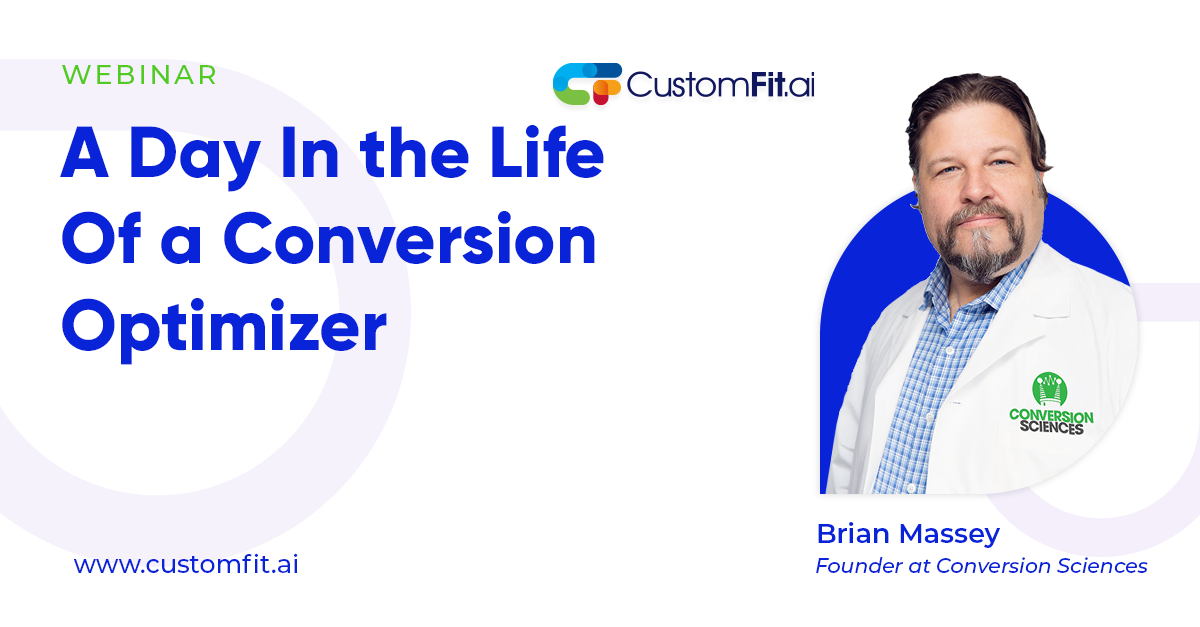Biases and Marketers
Following this, Brain makes an important point regarding biases marketers have when it comes to understanding or even predicting customer behavior. It’s possible that there are more than two paths to a destination and we often take the shortest one thus failing to understand how someone else can take another path. The same being applicable to customer journeys, we need to keep aside our biases and assumptions to know and understand the unique purchasing patterns of each customer. He explains this with the help of the Cognitive Bias Codex.
Tracking Competitors
Brian discusses the practice of not only keeping an eye on his competitors but also stealing some of their good and bad ideas and thereafter regarding the skills required to stay relevant in the ever-changing scenario of marketing.
Don’t Always Play Safe
Risk-Taking in Marketing is another exciting point he brings up. As a marketer one should be equipped with the skills of calculative risk-taking. Playing it safe isn't what you need to do always.
Selection of the Fittest Idea
Another important part of the Conversion Scientist’s Day is all about “killing ideas” which is nothing but the elimination process of the ideas that come in from his team and also his clients with respect to improving marketing results. All these ideas have to go through the test of the following questions in order to qualify for execution.
- Testing hypothesis
- “Is it too much work?”
- “It’s too small an idea”
- “No one is seeing that”
- “I don't have any data on that”
Now, let’s talk about Sources of Data
Brian deals with sources of data with the help of an example from a US company. By checking the number of clicks on each variation of keywords, he determines the most effective ones by analyzing impressions, interaction, and interactions rate and draws inferences for his future strategies.
The scientist continues his experiments with keywords and subject lines, analyzing the performance of keywords in social media ads and click rates for email campaigns. He mentions tools like Ahrefs that help you study the performance of competitors’ ads and keywords which can be highly useful.
Time for Brian’s second coffee of the day. Hereafter he works on user testing with a 5-second test and uses tools such as Usability or Helio. He discusses the importance of conducting real experiments with people rather than working with assumptions.
A Deep Dive Into Data Analysis
Next, he spends time looking at user intelligence reports with a focus on analytics around data such as location, device, browser amongst others. Every day he spends as much as 20 % of his time studying user reports.
Next on the list is HeatMaps along with his third cup of coffee. He watches session recordings with eye-tracking tools like Sticky.ai
Brian discusses landing page conversion optimization with the example of Uber and Lift’s landing pages. Thereafter, it’s the turn for presentation for clients. All sorts of reports, analytics, inferences go into this.
Brian discusses the Hypothesis Priority Framework which is a spreadsheet he uses for in-depth data analysis. This is followed by idea managing strategies in which he and his team filter down ideas common for similar businesses like E-commerce.
Decision Making- Brainstorming or Data-Driven?
While he stresses data-driven decision-making, he says brainstorming isn’t the way to make decisions, it should be to generate ideas. Decisions should always be backed by insightful data.
Now we come to the last thing he spends time on which is Gamification- A/B Testing which he explains with the example of customers opting for Automation Lite Vs Pro packages illustrating how visitors’ purchasing behavior. He also adds how devices like those using Android and IOS also have an impact on buying behavior.
Conclusion
As Brian winds up his presentation, the listeners are introduced to how WebsitePersonalization software overcomes the challenges in testing exact results in marketing experiments.
LinkedIn: linkedin.com/in/bmassey/
Twitter: @bmassey

